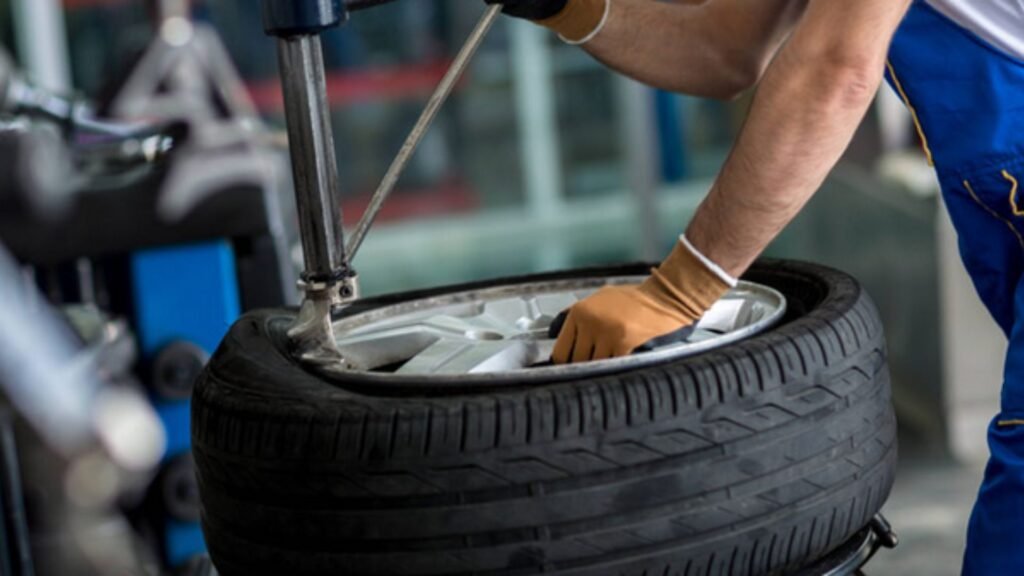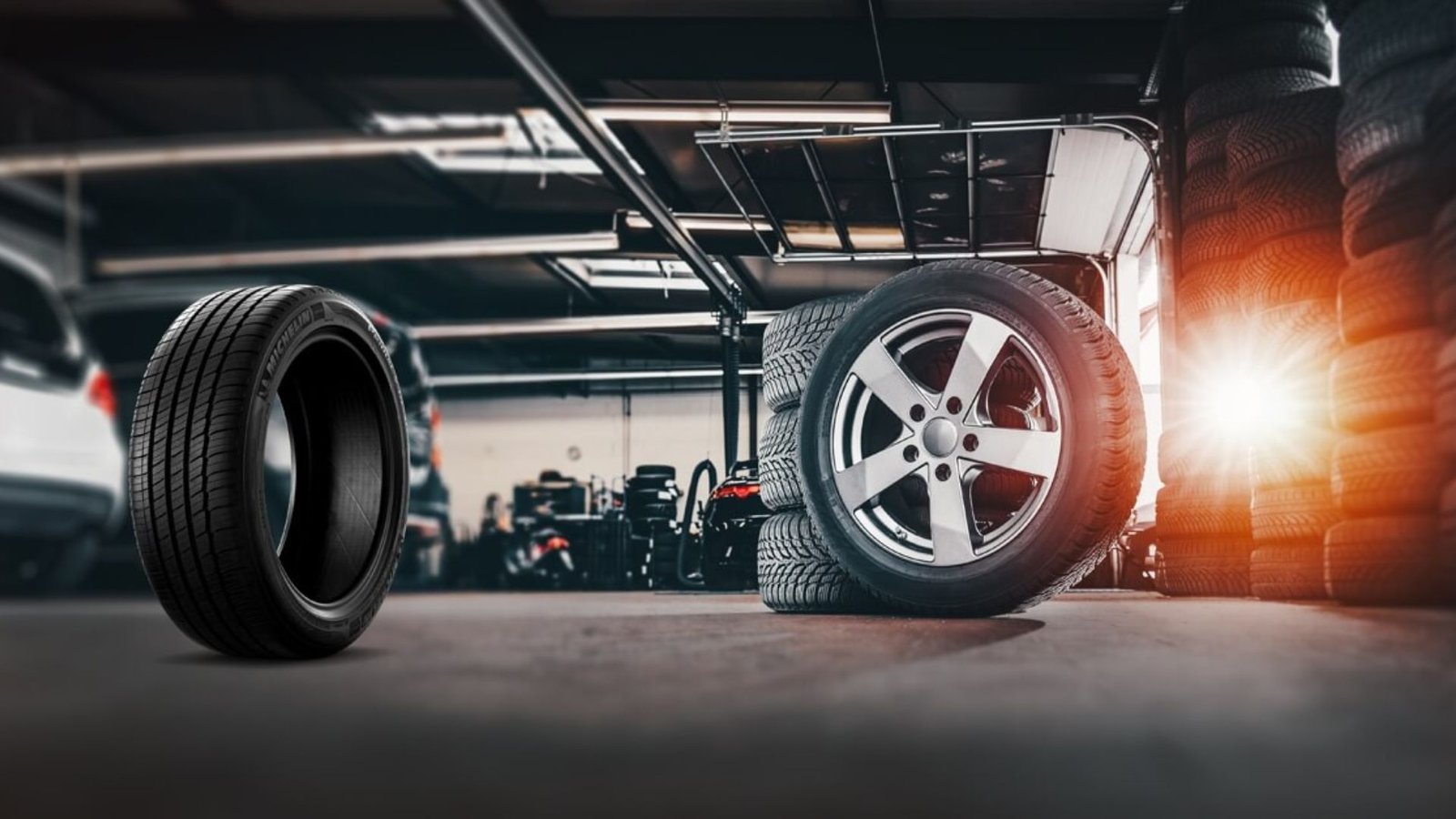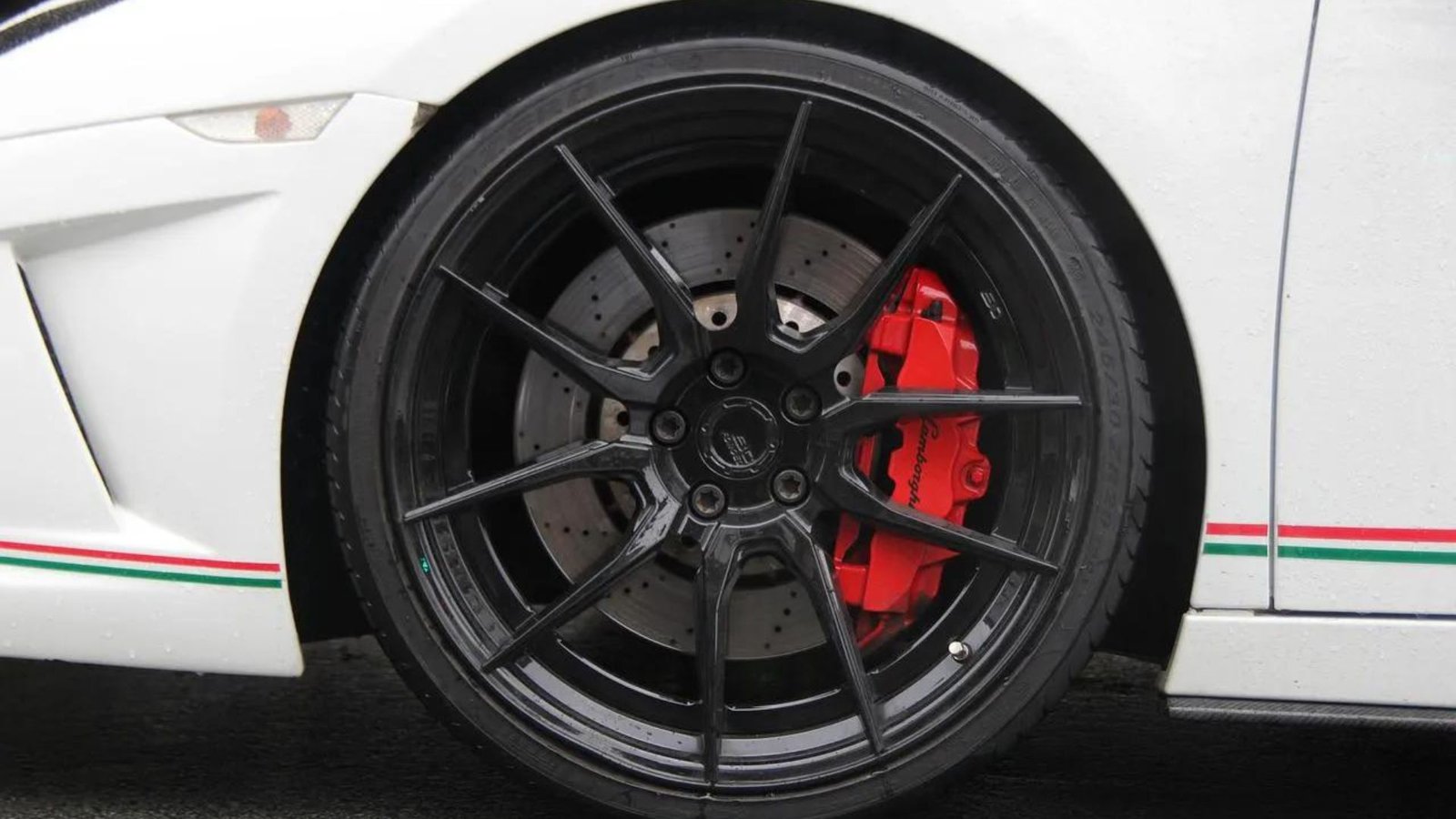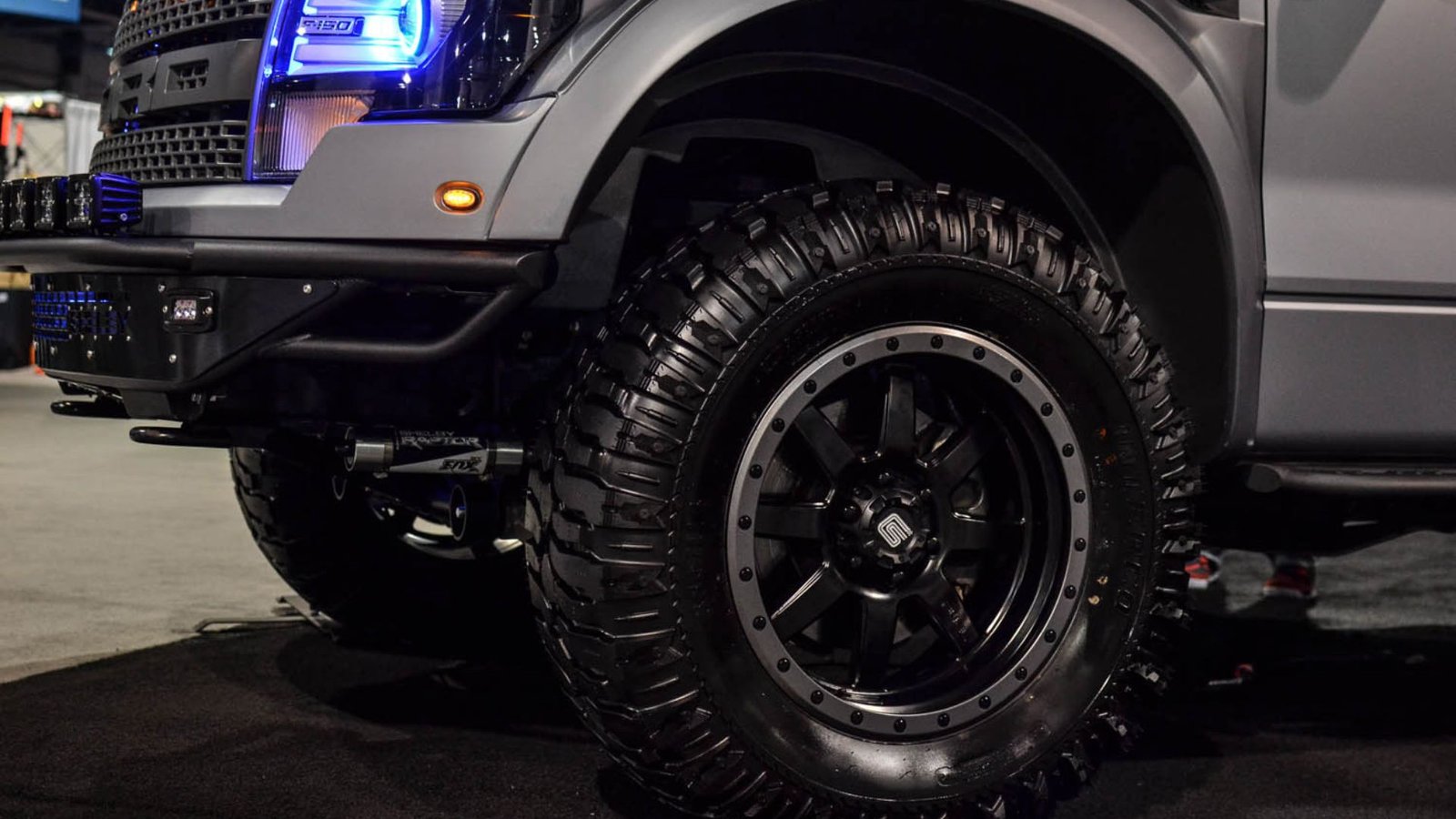Car wheels are essential to your vehicle’s performance, safety, and appearance. Proper care and maintenance can extend the life of your wheels, improve your driving experience, and ensure your safety on the road. Here are some best practices for car wheel care to help you keep your wheels in top condition.

1. Regular Cleaning
1.1 Why Clean Your Wheels?
Overview: Regular cleaning prevents the buildup of brake dust, road grime, and other contaminants that can damage your wheels.
Benefits:
- Prevents Corrosion: Dirt and brake dust can cause corrosion if left unchecked.
- Maintains Appearance: Keeps wheels looking clean and polished.
How to Clean:
- Use Proper Cleaners: Choose a wheel cleaner that is suitable for your wheel material (e.g., alloy, steel, or chrome). Avoid harsh chemicals that could damage the finish.
- Gentle Scrubbing: Use a soft brush or sponge to clean the wheels. Avoid abrasive materials that could scratch the surface.
- Rinse Thoroughly: Rinse wheels thoroughly with water to remove all cleaning residues.
Frequency:
- Regular Washes: Clean your wheels every two weeks or more frequently if you drive in harsh conditions.
Drawbacks:
- Time-Consuming: Regular cleaning requires time and effort.
- Cost: Cleaning products and tools may incur additional costs.
2. Inspect for Damage
2.1 Importance of Inspection
Overview: Regular inspections help identify potential issues such as cracks, dents, or warping that could compromise safety.
Benefits:
- Early Detection: Identifies issues before they become serious problems.
- Safety: Ensures that wheels are in good condition for safe driving.
How to Inspect:
- Visual Check: Look for visible damage like cracks, bends, or corrosion.
- Check for Vibration: Notice if you experience vibrations while driving, which could indicate wheel issues.
Frequency:
- Monthly: Inspect your wheels at least once a month, or more frequently if you notice any issues.
Drawbacks:
- Requires Attention: Needs regular attention to catch issues early.
- Possible Repairs: Identifying damage may lead to additional repair costs.
3. Maintain Proper Tire Pressure
3.1 Why Tire Pressure Matters
Overview: Maintaining the correct tire pressure is crucial for optimal performance, safety, and fuel efficiency.
Benefits:
- Improves Handling: Proper pressure ensures better handling and stability.
- Enhances Safety: Prevents blowouts and uneven tire wear.
How to Maintain:
- Regular Checks: Use a tire pressure gauge to check pressure regularly, especially before long trips.
- Adjust as Needed: Inflate or deflate tires to match the manufacturer’s recommended pressure.
Frequency:
- Monthly: Check tire pressure at least once a month and before long drives.
Drawbacks:
- Requires Monitoring: Needs regular checking and adjustment.
- Potential Costs: Incorrect pressure can lead to premature tire wear and replacement.
4. Get Regular Alignments
4.1 Importance of Alignment
Overview: Proper wheel alignment ensures that your wheels are set to the correct angles, which affects handling and tire wear.
Benefits:
- Improves Handling: Ensures smooth and stable driving.
- Reduces Tire Wear: Prevents uneven tire wear and extends tire life.
How to Maintain:
- Professional Alignment: Have your wheels aligned by a professional if you notice pulling to one side or uneven tire wear.
- Routine Checks: Check alignment as part of your regular vehicle maintenance.
Frequency:
- Every 6-12 Months: Consider alignment checks every 6 to 12 months or if you experience handling issues.
Drawbacks:
- Cost: Alignment services can be an additional expense.
- Time: Requires a visit to a service center.
5. Protect Against Corrosion
5.1 Why Protect Wheels?
Overview: Protecting your wheels from corrosion, especially in winter or coastal areas, helps maintain their appearance and performance.
Benefits:
- Prevents Rust: Reduces the risk of corrosion caused by road salt and moisture.
- Maintains Appearance: Keeps wheels looking new and clean.
How to Protect:
- Apply Wax or Sealant: Use a wheel wax or sealant to create a protective barrier.
- Regular Washing: Clean wheels regularly to remove corrosive substances.
Frequency:
- Every 3-6 Months: Apply protective products every few months, or more frequently in harsh environments.
Drawbacks:
- Additional Products: Requires purchase of protective products.
- Application Time: Needs time to apply and maintain protective coatings.
6. Check for Proper Lug Nut Torque
6.1 Importance of Lug Nut Torque
Overview: Proper lug nut torque ensures that wheels are securely attached to the vehicle, which is critical for safety.
Benefits:
- Prevents Wheel Loss: Correct torque prevents wheels from coming loose while driving.
- Ensures Safety: Reduces the risk of accidents caused by loose wheels.
How to Maintain:
- Use a Torque Wrench: Check lug nut torque with a torque wrench according to manufacturer specifications.
- Recheck After Installation: Recheck torque after wheel installation or tire changes.
Frequency:
- After Installation: Always check torque after installing or changing wheels.
- Periodically: Recheck periodically, especially if you notice any issues.
Drawbacks:
- Requires Tools: Needs a torque wrench and knowledge of correct torque specifications.
- Time and Effort: Requires attention to detail and time.
Conclusion
Proper car wheel care is essential for ensuring your vehicle’s performance, safety, and longevity. By following these best practices—regular cleaning, inspecting for damage, maintaining proper tire pressure, getting regular alignments, protecting against corrosion, and checking lug nut torque—you can keep your wheels in excellent condition and enhance your driving experience. Regular maintenance not only improves the functionality and appearance of your wheels but also contributes to your overall safety on the road.




